Not the Stirling which crashed near Arncliffe, but Stirling LK280 and seen here at Rivenhall in 1945 showing the huge size of a Stirling compared with F/Lt David Campbell and his 570 Squadron crew.
On 15th August 1944 the crew of Stirling EE975 were undertaking a night training exercise with 1660 Heavy Conversion Unit to have been carried out at 8000 feet but during this training flight the port outer engine failed. The pilot feathered the faulty engine but a short time later the starboard outer engine suffered the same trouble. The pilot feathered this engine and attempted to maintain height on the two functioning engines but at 4,500ft he ordered his crew to bale out and five exited the aircraft. The navigator had stayed on board for a short time to assist the pilot and by the time he made his exit he was too low in relation to the high ground below him for his parachute to work properly and was killed on striking the ground.
The aircraft crashed a short time later at 02.20hrs into a section of limestone pavement on high ground on Old Cote Moor above the village of Arncliffe in Littondale; an off-shoot of Wharfedale, and disintergrated. The pilot was also killed but speculation remains as to whether the he died in the resulting crash or whether he also jumped too late. Had the aircraft not struck where it did then it would almost certainly have crashed onto the village. A note was made in this crash investigation that the crew had been involved in an incident a few nights previously flying Stirling EF235 and had lost an engine in similar circumstances. They made a forced landing on an airfield away from their home base. Whilst never proved there was a suggstion that the two incidents were as a result of the levels of the fuel tanks being "mis-handled". One will never know today. At least one of the engines
was said to have rolled down through the lower fields and was found on the Litton to Arncliffe road. Of those named below it is noticable that there were two flight engineers, the reason for this is not yet known but it could be the second was observing the first to ensure the fuel tanks were not being incorrectly switched.
Pilot - P/O Donald McFarlane Bowe RAAF (419550), aged 20, of Maldon, Victoria, Australia. Buried Harrogate Stonefall Cemetery, Yorkshire (E.B.2).
Navigator - F/Sgt Robert James Douglas RAAF (426559), aged 22, Annerley, Queensland, Australia. Buried Harrogate Stonefall Cemetery, Yorkshire (E.B.3).
Bomb Aimer - F/Sgt Cornelius Patrick O'Neill RAAF (429825). Uninjured.
Wireless Operator - F/Sgt George Ivan Maloney RAAF (424667). Uninjured.
Flight Engineer - Sgt Ian Kennedy Fraser RAFVR (1824335). Uninjured.
Flight Engineer - Sgt S Nelson RAFVR (3040117) (or "Sgt Francis Gordon Nelson"). Uninjured.
Rear Gunner - Sgt Clarence Mervyn Davies RAFVR (1836609). Slightly injured on landing.
A memorial plaque beneath a memorial tree within Arncliffe churchyard.
The photograph above shows the general area of the site from across Littondale. The photograph below shows where the majority of the aircraft appears to have crashed.
Small pieces lay wedged in the limestone grycks where one assumes they have been since the aircraft crashed. A section of drystone wall at the crash site was been repaired
following the crash and although a reasonable job was done on this repair it is only half the thickness of the original.
Myself with one of the collections of wreckage in 2009.
A part number found at the site. A Short and Harland inspection stamp can be seen, identifing the aircraft. I am led to believe that "SHB" stands for Short & Harland, Belfast.
The "29" prefix refers to the S.29 which was the Short's design number for the Stirling. This site is occasionally mis-identified as a Wellington site, these part numbers prove the aircraft to be a Stirling.
An unidentified part; almost certainly engine-related.
A further part number clearly showing a Short Brothers inspection stamp and the "29" prefix.
Stirling EE975 had an interesting earlier history. It was built Shorts and was taken on charge by 196 Squadron on 11th August 1943. It's AM Form 78 states that
on 5th November 1943 it received fairly serious damage in a flying accident that was initially assessed as being Cat.E/FA damage that would write off the aircraft. Six days later an additional assessment downgraded the damage assessment to Re-Cat.B and it was taken away to be repaired in a works factory. How this damage occurred is not yet known as the 196 Squadron record book does not record any incident that could fit with the damage received. The repair was complete by 6th April 1944. On 17th April 1944 it was flown to 27 M.U. and it was then taken on charge by 1660 H.C.U. on 23rd June 1944. As a result of the crash at Arncliffe on 15th August 1944 Cat.E/FA damage was the damage assessment that saw the aircraft struck off charge on 21st August 1944.
Donald Bowe was born 2nd September 1923 in Malden, Victoria, Australia. He had three brothers; John, the eldest who would see Wartime service;
Norman who was a year younger than Don and would also serve in the RAAF and Frank who was much younger. Both of their parents had died during
the first half of the War, Norman would then live with the elder brothers family until he grew up.
Donald had originally enlisted into the Australian Army on the 19th of January 1942 in North Williamstown, Newport, Victoria but was discharged from this service
on the 18th of August 1942 to enlist into the RAAF two days later on the 20th of August 1942 in Melbourne. He had left Australia
soon after to begin his training. He is buried in Stonefall Cemetery, Harrogate.
Robert Douglas was born on 30th June 1922 in Cairns, Queensland. Prior to enlisting he was a qualified slaughterman, he enlisted into the RAAF Reserve on
24th January 1942 in Brisbane and later the regular RAAF on 18th July 1942 in and embarked for Canada on 30th April 1943. He arrived in the UK in
September 1943 and trained at 17 OTU. He is buried at Harrogate Stonefall Cemetery, Yorkshire.
Cornelius O'Neill was born on 17th March 1919 in Mt.Gambier, Southern Australia and enlisted in Adelaide.
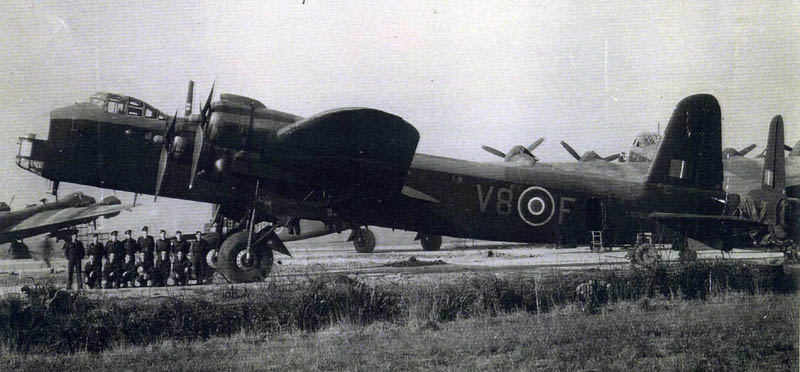
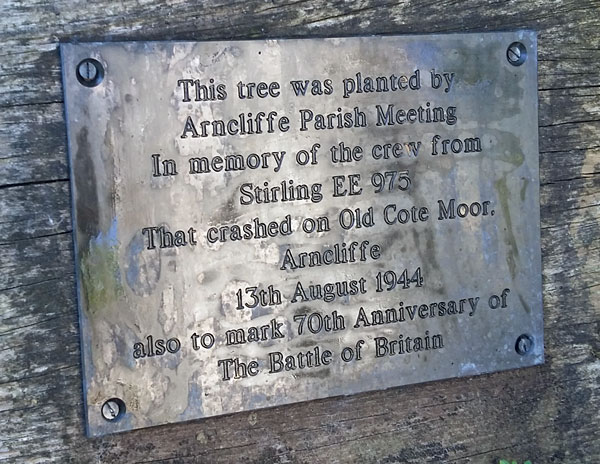
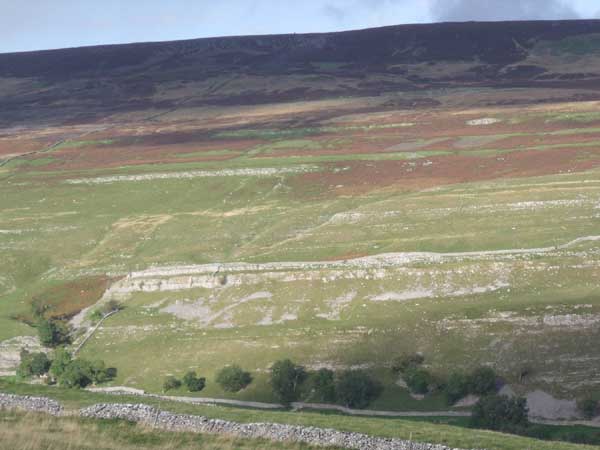
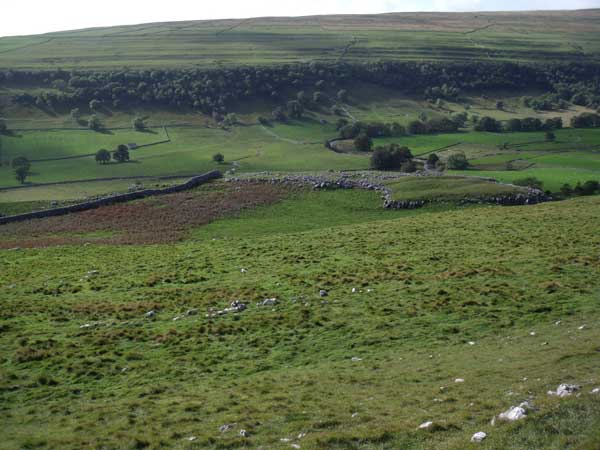
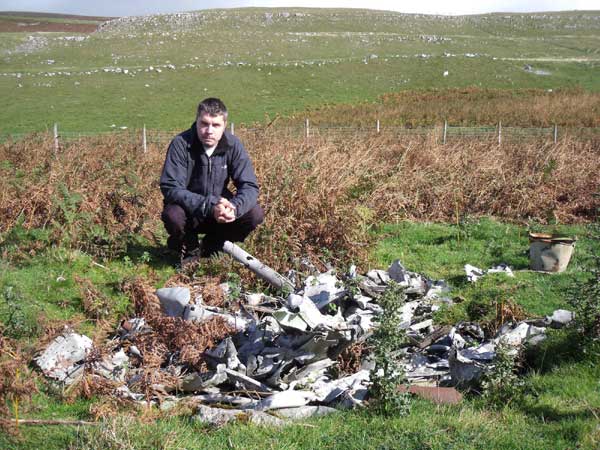



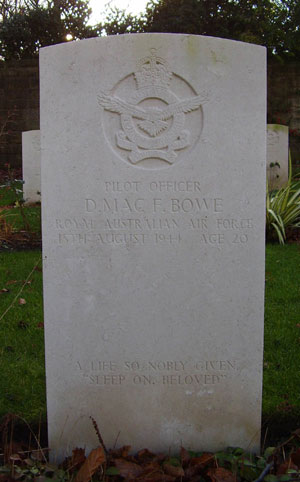
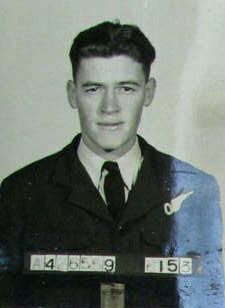

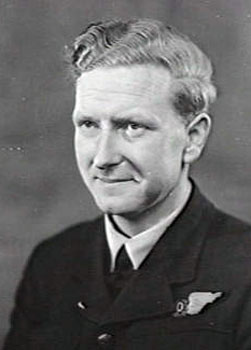
George Maloney was born in Henty, New South Wales on 9th March 1922, he enlisted on 6th October 1942, having survived the War and was discharged 10th January 1946 having risen to the rank of Warrant Officer. He died on 3rd September 1989 in New South Wales.
Ian Fraser was born on 29th July 1923 in the Leeds area. He died in Glasgow on 1st March 2015.